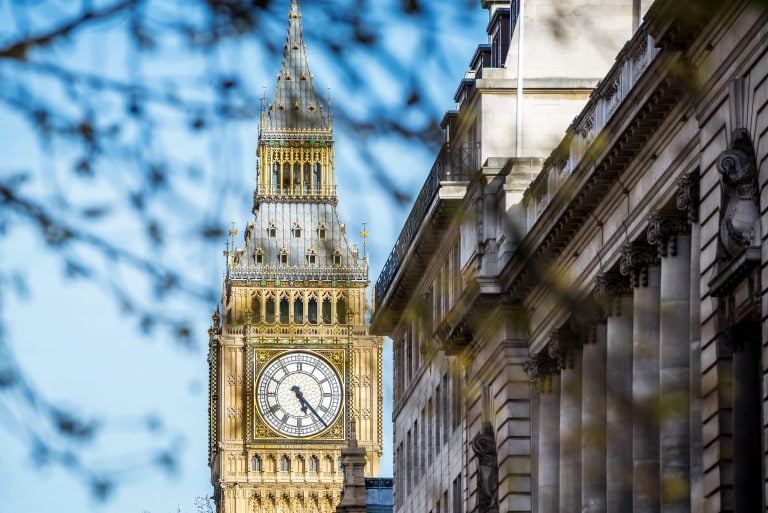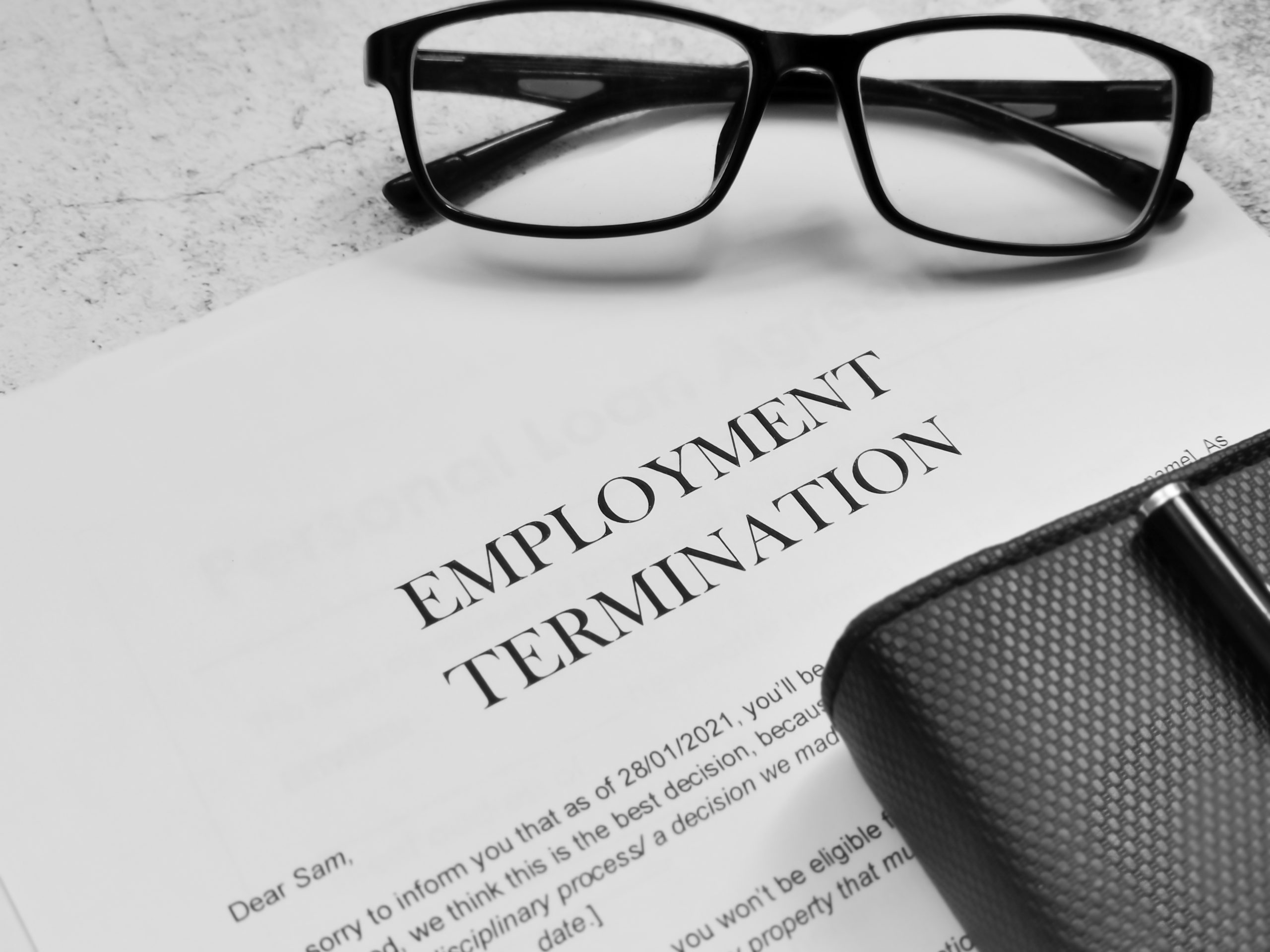 The majority of modern-day employers have equality and diversity policies in place and, although the application of these – and their importance – differs from organisation to organisation, the general principles remain.
The majority of modern-day employers have equality and diversity policies in place and, although the application of these – and their importance – differs from organisation to organisation, the general principles remain.
These policies seek to minimise the risk of employees acting in a way that amounts to discrimination or bias in the workplace. However, what it is far more difficult to address in any policy and procedure is how to minimise the risk of unconscious bias affecting decisions and actions taken in the workplace, as ESP Law’s senior solicitor, Charlotte Morris explains…
Whilst many people will consider that they do not discriminate or show bias at work, we will all have some level of unconscious bias which, by its very nature, we are not aware of.
What is unconscious bias?
This takes many forms but essentially is where a perpetrator favours an individual or group – often in recruitment or promotion decisions – but is unaware they are doing so.
Factors contributing to unconscious bias include stereotypes, assumptions, and historic practices. This could be something as little as having a picture in your mind when advertising for a role, not because those characteristics imagined are desired, but rather because this image reflects the characteristics of existing employees in that role or department.
If the image is an able-bodied man, for example, then any candidates not meeting that will be at a disadvantage from the outset as they will have to change the decision markers’ image as to what the ‘ideal’ candidate looks like.
What steps can employers take to minimise the impact of unconscious bias?
Different individuals and groups have been shown to exhibit unconscious bias in a variety of ways. The first step to combat this would be to provide management training to identify the potential for bias. Then, in those situations – and to minimise the risk of unconscious bias ultimately affecting business decisions in an unfair way – employers should ideally engage a diverse decision-making panel.
This can include having two or more individuals involved in scoring interviews for new candidates. Those sitting on the panel should also have varied backgrounds such as different genders, races, age brackets, and so on. The idea being that any unconscious bias on behalf of each of those on the panel will help cancel each other out, and therefore lead to a fairer, final decision.
Put a monitoring system in place
Keeping track of decisions and diversity information can help to identify potential trends. This can also help employers in identifying areas to focus on to minimise the risk of bias being a contributory factor to these patterns.
Maintaining a record
Rather than asking decision makers to simply make a call based on issues – such as the most suitable candidate for promotion – break down the key factors that cover what the business wants the judgment to be based upon. Then, allow the decision makers to assign scores to these specific key attributes and skills, and ask them to provide reasons as to how they have determined their scores.
By making them think about why they feel a candidate performed in the way they perceived, this will help them to identify potential for unconscious bias. For example, was their opinion as to the candidate’s attitude or enthusiasm affected by the existence of an accent? Or did they not feel they would ‘fit in’? If so, why? And is it simply because they have different attributes to existing team members?
By maintaining contemporaneous records, this will assist employers should they need to respond to any allegations of bias or discrimination. It will also help to evidence that objective criteria was used, and they took all reasonable steps to ensure a fair and unbiased decision-making process.



